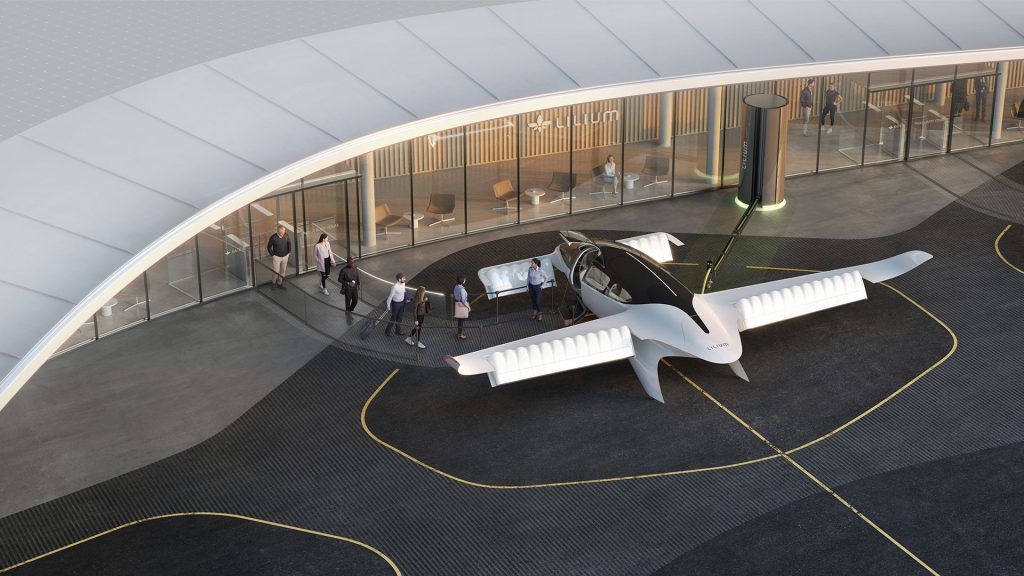
Flying cars, today referred to as electric air taxis, have been around for a long time in our dreams. Movies like “Back to the Future” or “The Fifth Element” made us fantasise about hopping into a vehicle, capable of flying and driving on the road equally, and indulging exciting journeys through future cities and landscapes.
A part of this fantasy could now become reality. Plenty of Companies, beneath them major brands such as Boeing, Toyota and Airbus, but also newer entrants like Uber, Lilium and Volocopter have taken on the race for supremacy in this future market. The goal is to link urban centres with suburbs while leapfrogging traffic. Air taxis like those of Lilium could travel at speeds of approximately 180 mph at altitudes of around 1,000 to 2,000 ft.
This new market is said to mature during this decade and then boom globally afterwards. According to a study from Morgan Stanley, the autonomous urban aircraft market may be worth $1.5 trillion. Another study by Frost & Sullivan sees urban air mobility (UAM) starting in 2022 and expanding with a compound annual growth rate of about 46% to 430.000 operating units by 2040.
At the moment it is really hard to predict who is gonna make the race, but beyond safety, regulation and cost, there are certain key factors that need to be addressed. One is the need for collaboration among different players, as autonomous air taxis are highly complex systems, that require latest technologies from aviation, automotive, telecom, software and cyber security. Additionally, collaboration with governments and other public entities is necessary, in order to implement solid regulation supporting commercial air taxi services.
What are your thoughts on the future of mobility? Do you think electric air taxis could play a significant role in transportation of goods and people? Are they providing a sustainable alternative to conventional mobility like cars, airplanes or even ships?
